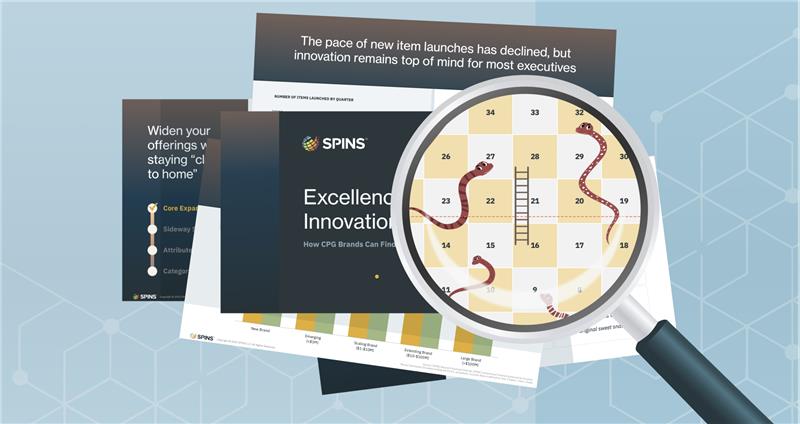Introduction

Jim Koppenhaver is the Director of Enterprise Solutions and Product Manager for SPINS Store-Level Data.
In our sixth installment of an ongoing Expert Lens series, we take a closer look at ways Store Level Data helps measure in-store sales agent’s effectiveness.
Let Store Level Data Measure Your In-Store Sales Agent’s Effectiveness
The benefit of have an in-store sales agent means you don’t have to be onsite frequently and can delegate any relevant tasks. That also means, however, that you’re not onsite to verify your plans were carried out or that everything is going smoothly. SPINS Store Level Data allows you to keep that convenience while also monitoring how your in-store agents are performing and giving you the ability to spot potential problems—and strengths.
The Benefit of an In-Store Sales Agent
In-store sales agents are on location in your outlets, working on your behalf to ensure your products are on the shelves, prices are set appropriately, and maintaining that retail relationship. At one time, having a dedicated sales force to act as your in-store sales agent was the most common type, but the practice has shifted as businesses found ways to rely on third parties instead.
Today, if you don’t have a dedicated agent, you might have a broker who works on your behalf on behalf of other businesses (that are not your competitors). Or you could have a direct store delivery agent who handles everything from manufacturing to transporting to stocking for you. In each of these roles, your in-store sales agent serves as your eyes and ears in their assigned stores, freeing up your time.

“Starting with a micro-level view to see what stores you’re in, what kind of distribution you have, and what price points you are getting should be step one for any emerging brand. SLD is the ideal entry-level tool for emerging brands that are not using Key Account or Channel Data.”
How Does Store Level Data Help Measure Your Sales Agent’s Effectiveness?
All of the metrics that you care about and that SLD helps you track—such as distribution and movement—are still important when you have an in-store agent working on your behalf. In order to assure they’re hitting all of those metrics, or just to evaluate how your agents are performing, you can look at all of the stores an agent is responsible for and review the SLD for those locations only. You will be able to spot if your price points are being met, distribution looks good, voids have occurred, and movement is on target. If you see any trouble spots, you can look into and talk with your agent or with the retailer to find out what needs to change.
If you work with more than one in-store agent, you can compare their performance. Look at the metrics for their store routes and see if they’re hitting their goals, underperforming, or overperforming. For example, you might have an agent surpassing targets for average pricing and distribution but coming up short for movement. Then you have another agent whose distribution is low but whose movement is strong. You can have conversations with them to analyze the problem areas or reward them for standout performance.
No matter what kind of in-store agent you use or how many, SLD helps you get a clear picture of how successfully they are working on your behalf. Just because you’re not in the store doesn’t mean you have to be in the dark about the metrics you care about. Find out how Store Level Data can help you today.





